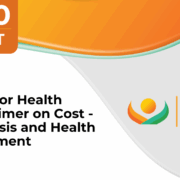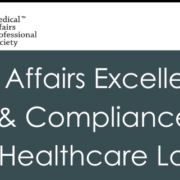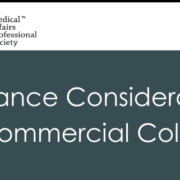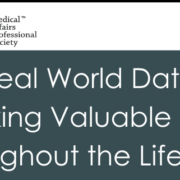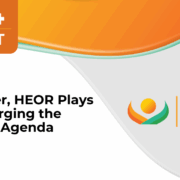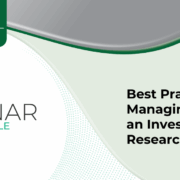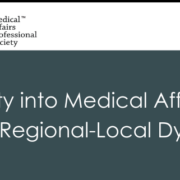A Global Perspective on Conducting Early Access Programs
Early Access includes a variety of programs by which pharmaceutical companies make investigational therapies available to patients with life-threatening diseases. These patients have either exhausted available treatments or have no approved options. This presentation will review the processes and procedures to consider in the implementation of an Early Access Program and explore the opportunities and challenges posed therein.



